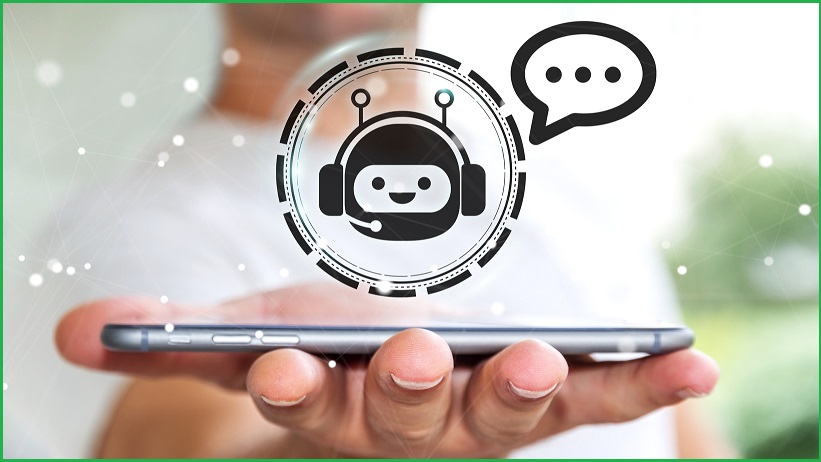As at most companies, the COVID-19 pandemic sent Telstra scrambling to keep remote staff supported – but for digital experience principal Melissa Dorey, that disruption proved to be the perfect time to introduce artificial intelligence (AI) to a human resources function that had become more critical for staff than ever before.
With staff working from home and Telstra’s normal contact centres disrupted by overseas lockdowns, Dorey said, finding new ways to support thousands of widely dispersed staff was both a challenge and an opportunity.
“During the events of the last year, I was quite inspired by a lot of rapid innovation and fast-tracking of roadmap items that I saw in our organisation and in the industry,” she told IBM’s recent Think conference, “and I thought to myself that now was a really great time to innovate.”
Recognising the success of Telstra’s AI-based Codi chatbot in supporting Telstra’s customers, Dorey – who was recently recognised by IBM as one of 40 global women AI innovators – began considering how AI could support the company’s employees as well.
“We’ve always struggled in providing easy access to answers to HR questions and queries,” she explained. “We’ve looked at different intranet and knowledge bases and search engines – but when you really break it down, we’re challenged around language in a lot of ways.”
Although Codi has learned the everyday language of the general public, internal business processes use an entirely different vocabulary – and the information the AI provides can have significant business consequences if, for example, it deviates from established legal or regulatory frameworks.
“HR terminology for a policy or process,” Dorey explained, “is often quite different to what different areas of the business refer to some of those actions or processes – so right from the beginning, you have the challenge where someone is asking a question, and you’ve got to figure out what they’re asking and the best way to answer it.”
Thanks to a migration of what used to be nearly 40 separate HR systems into a consistent Workday HR implementation – improving the consistency and specificity of Telstra’s data – applying AI to the problem “was a bit of a no-brainer”, Dorey said.
“We had a wealth of data that we could use to connect to [HR] events,” she explained. “It always seemed like a perfect opportunity for AI when you’ve got predictability, and you’ve got the right data sets.”
Turning AI inwards
The success of Codi, which is built on IBM’s Watson AI platform, paved the way for a new, internal AI chatbot called Darcy that has been trained using the wealth of data in Workday.
This included, for example, a database including the terms that Telstra employees were most frequently typing into the Workday knowledge base.
“All of our HR processes sit in there,” Dorey explained, “and we realised there was an opportunity there to help that person understand what the real question is – so we’ve baked that into the conversation design ethos.”
That approach lets the AI system prompt employees for some of the things they might be interested in asking – potentially focusing their enquiries and directing their enquiries more efficiently.
Rather than just pointing users at a page and leaving them to figure it out, Darcy can guide users through often complex Telstra HR policies, such as the purchase-leave program that lets staff top up their normal leave entitlement.
“It’s a popular policy, but a bit tricky to learn how to process it,” Dorey said, noting that many users just type ‘purchase leave’ as their enquiry – leaving the AI to figure out whether they want to actually purchase their leave, find out whether they are eligible to purchase leave, learn more about the policy, and so on.
Integration with other HR data sets is steadily expanding the range of topics on which Darcy can assist employees – yet future expansion is about more than just stuffing more and more data into the system, Dorey said.
“We want to make sure we don’t try to take on the world,” she said, “and that we keep using our research, employee research and data to understand where our biggest value opportunities are to make life easier for our employees and our service team.”
“You’re really trying to build trust with your people, and we wanted to show them that this isn’t just a FAQ bot – this is a channel you can trust, and a channel that’s going to help you find answers.”










